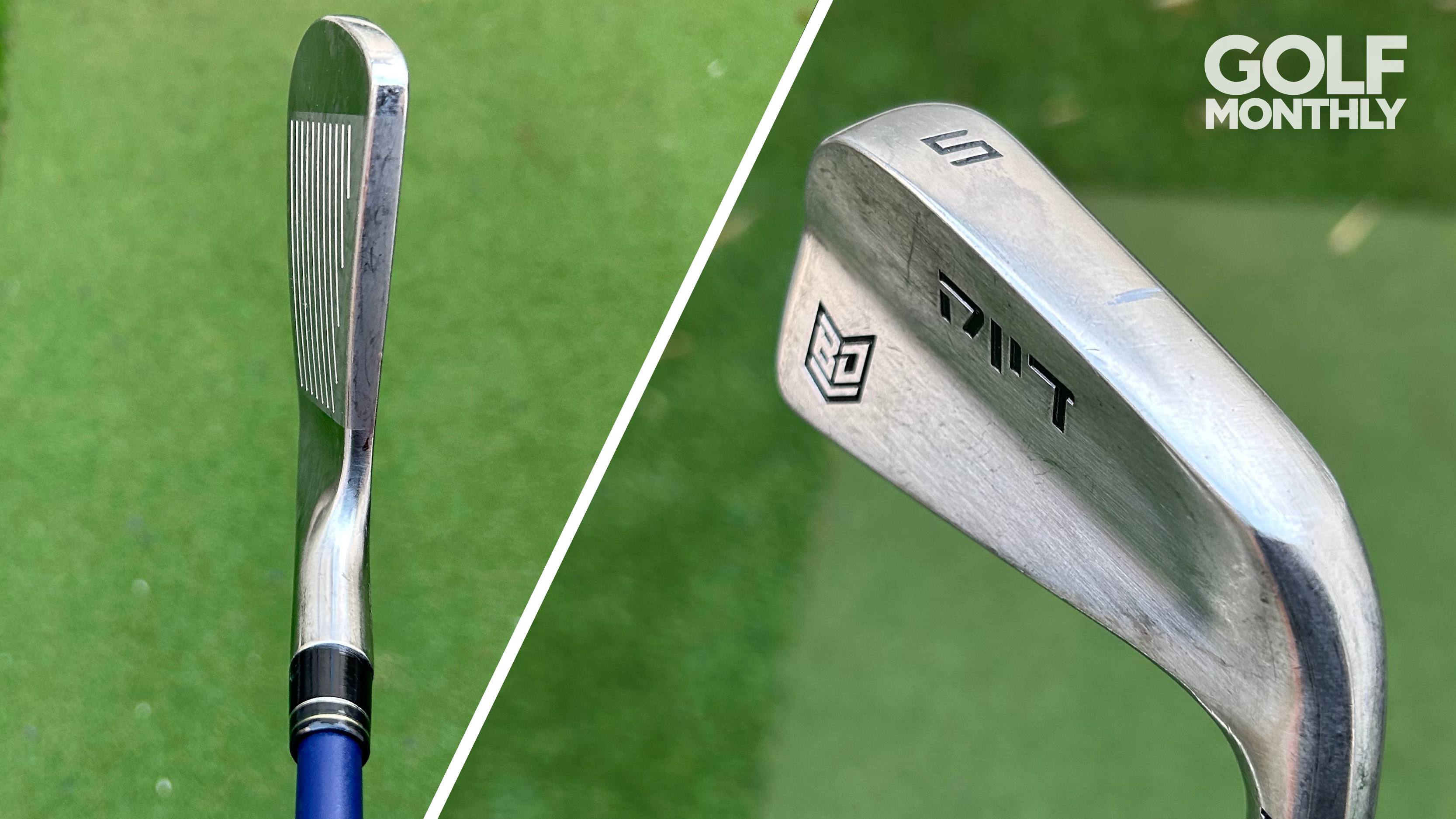
For some unfathomable reason, I recently decided that I was going to put together Bryson DeChambeau’s exact set of golf clubs and play a professional tournament with them for a Golf Monthly YouTube video. Bonkers, right? Upon hearing what I was attempting, Avoda Golf stepped up to the plate and offered to send me Bryson’s actual backup set of irons! To explain how fortunate I was here, there are only two sets of these bespoke, curved faced, 3D printed, one-length irons in existence... Bryson has one and Avoda sent me the other.
WATCH: PGA Professional Joe Ferguson goes through a range session with Bryson DeChambeau's Avoda irons...
Before hitting the course for my tournament round, that morning I decided to go through a full range session to try and make some sense of the most unusual golf equipment I had ever laid my hands on...
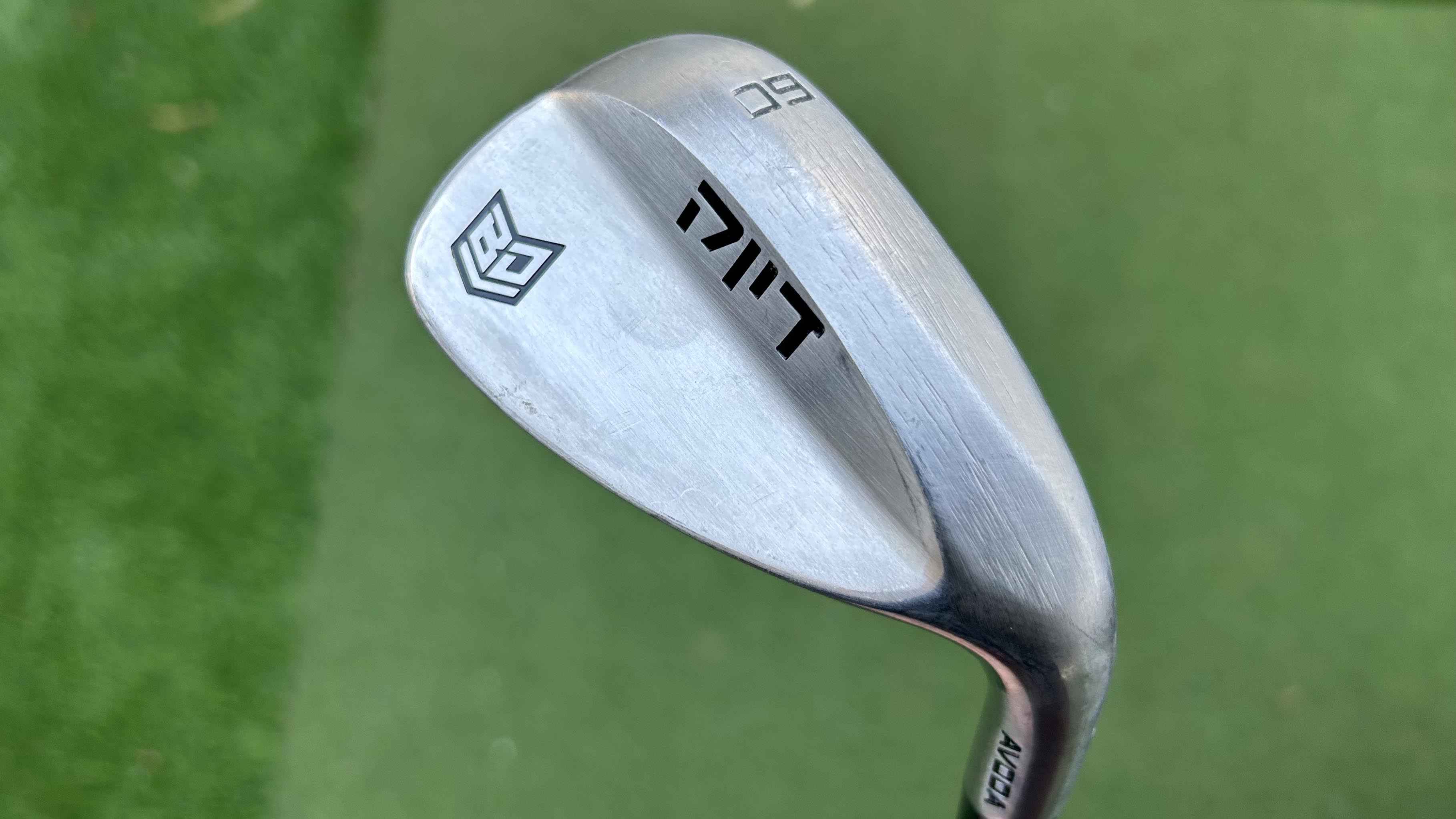
The first club I picked up from this set was the 60˚ lob wedge, and what immediately struck me was the length of the club. As a user of traditional length golf clubs where increments of half an inch are generally used between each club, my first touch of a 6-iron length lob wedge (every iron from 5 - LW in this set is 37.5”) was a little disconcerting, to say the least. It should be noted here that Bryson actually uses one-of-one Ping Glide 4.0 wedges specifically made to the 273-gram weight requirement, but we were unable to source those. Instead, Avoda provided us with the original set of wedges that were designed to go with the main iron set, built to the exact same spec of shaft, length, swing weight, and grip.
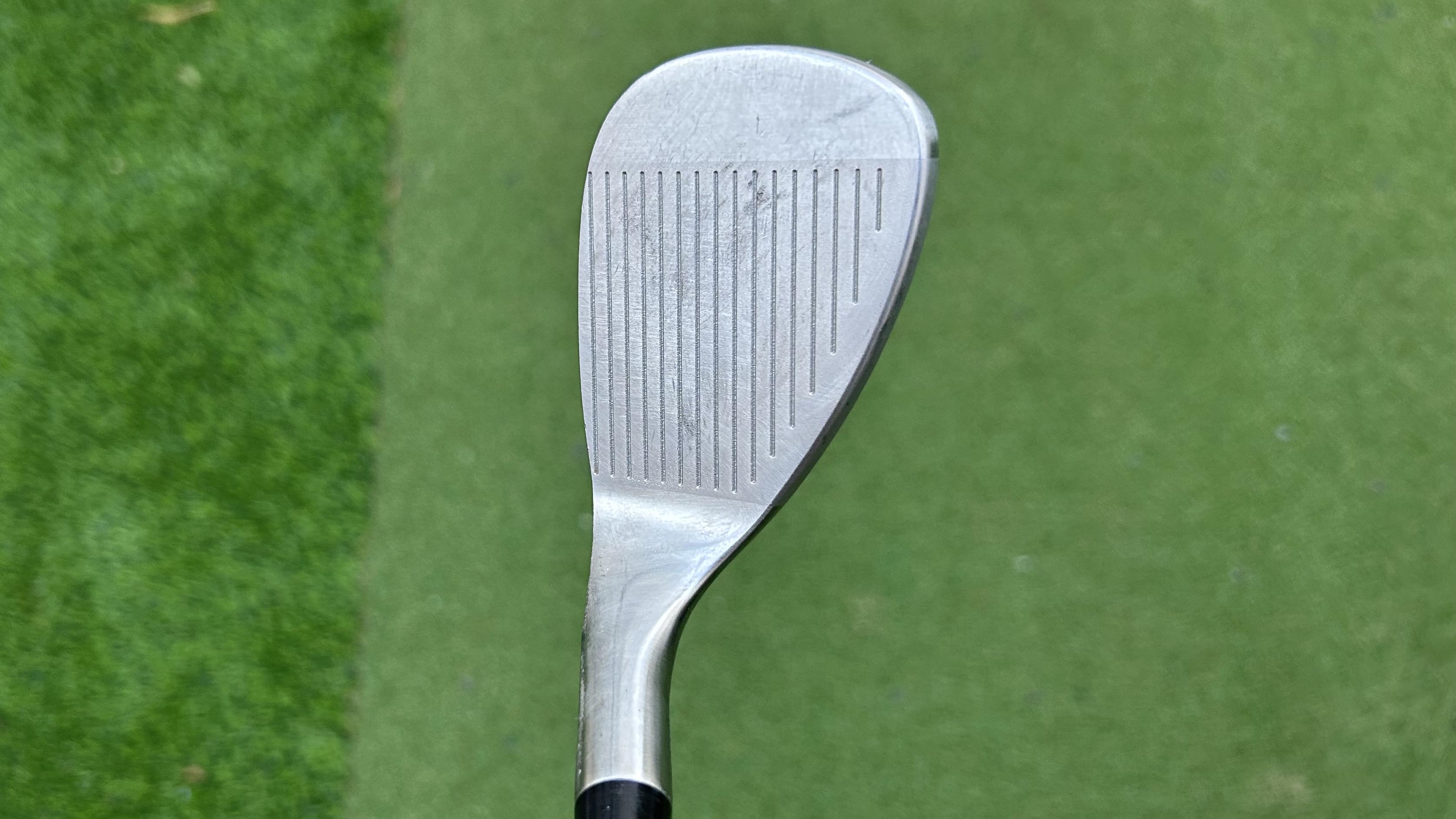
The second thing that stood out to me was the sheer thickness of the grips. DeChambeau uses a Jumbo Max Tour Series XL grip, which comes in at a butt diameter of 1.46”. For context here a typical grip you would pick up off the rack would have a butt diameter closer to 1", so as a percentage increase it is pretty significant!
They are frankly nothing short of massive, more akin to a cricket or baseball bat handle than a golf club, but as Bryson himself says, golf is probably the only sport using a stick (as such) to employ grips as thin as we golfers generally do. As I said, baseball, cricket, lacrosse, hockey, etc all have handles much closer to the dimensions that Bryson uses, so maybe he is on to something?
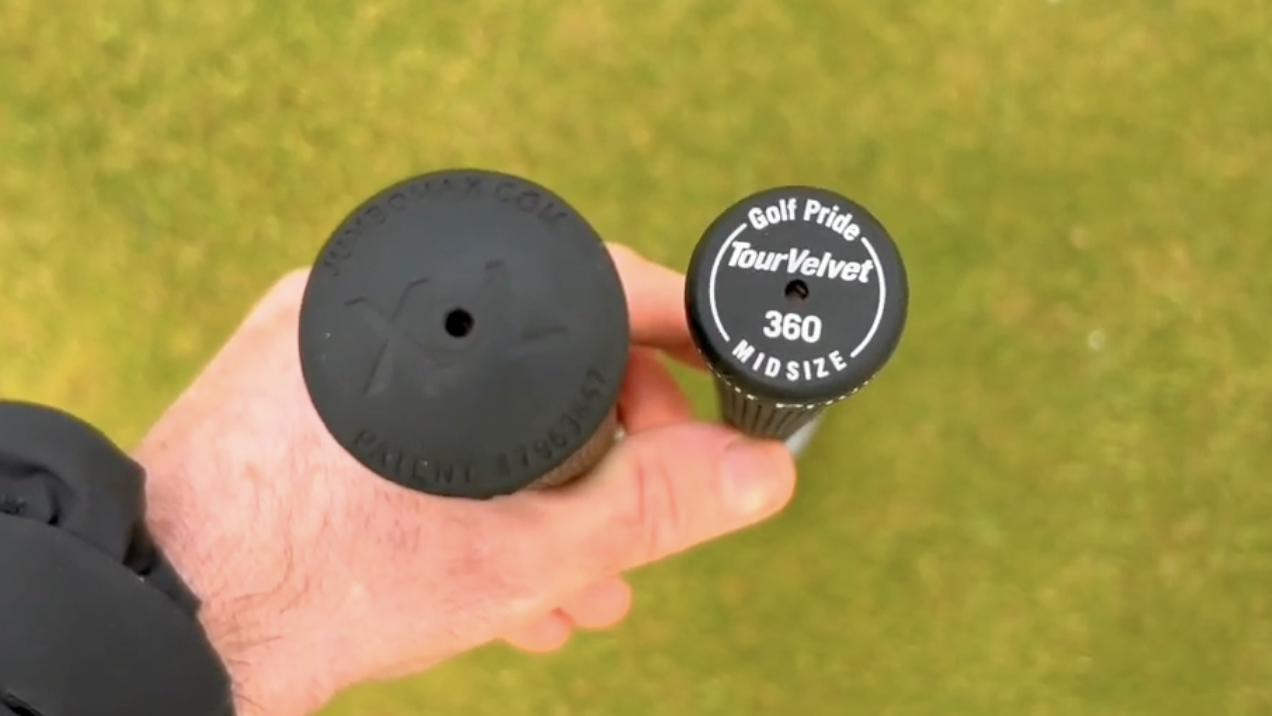
Upon making my first swings and strikes with the lob wedge, two more things became immediately apparent, the first of those being the sheer weight of the clubs, most of which could be attributed to the grips. Not only are they incredibly thick, but they are also outrageously heavy. A standard Golf Pride Tour Velvet grip for example would weigh approximately 52 grams, whereas Bryson’s grips come in at a whopping 123 grams. To put it in perspective, this is heavier than the shafts most of you reading this will currently be playing with, and boy can you feel it.
When combined with a head weight throughout the set of 273 grams, and shafts weighing the best part of 130 grams, we are looking at a total weight of around 525 grams, when even a fairly heavy ‘standard’ build 7-iron would barely reach 450 grams of total weight. This mass coupled with unquestionably the stiffest profile shaft I have ever picked up (LA Golf Bryson Series shafts) makes this set of irons more like a piece of gym equipment than a golf club to move around.
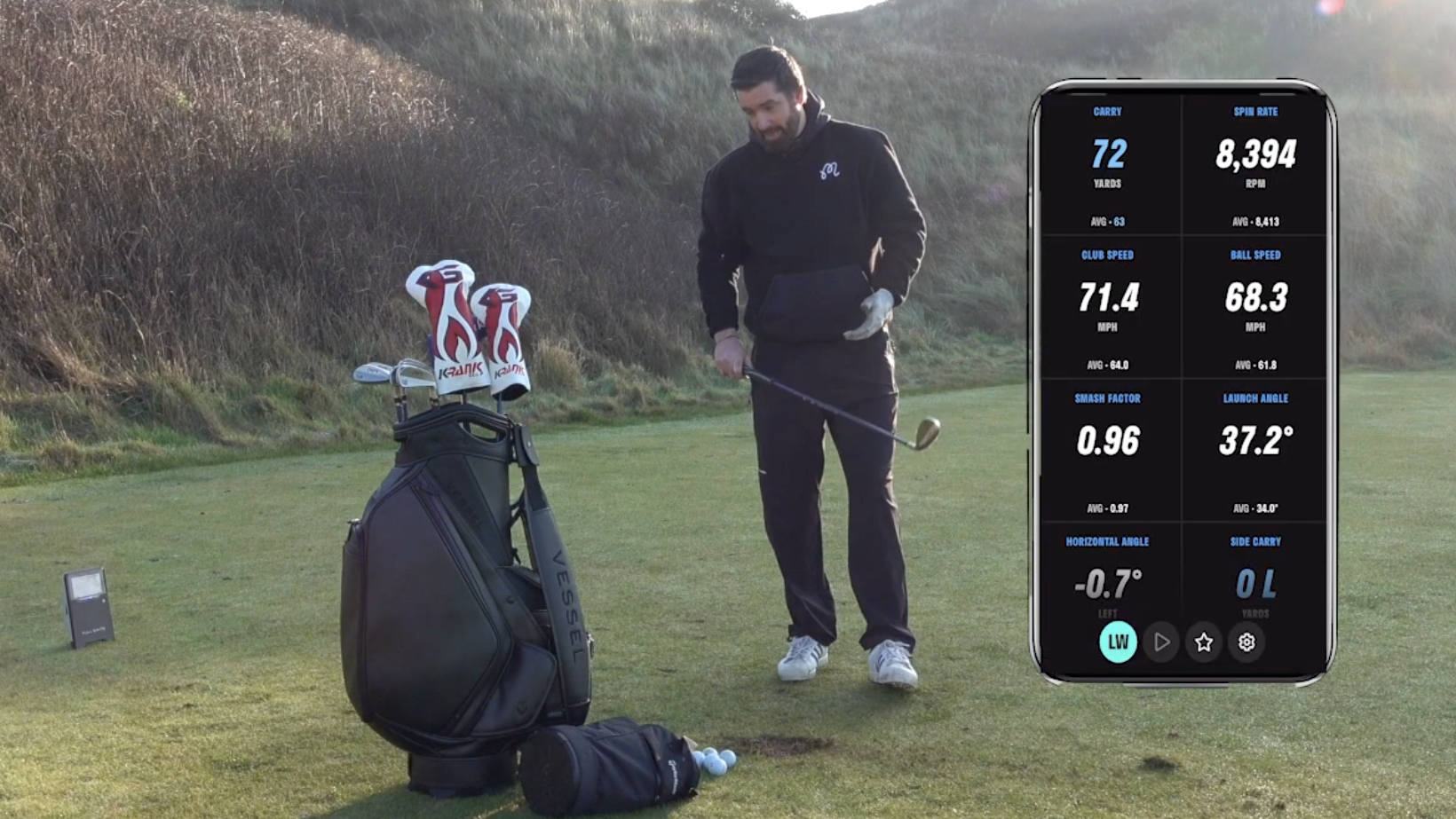
Based on the additional shaft length over my own lob wedge (which I carry around 85 yards), I was expecting to see some reasonable yardage boosts but actually found the opposite. I couldn’t get the 60° wedge to carry over 80 yards on any of my attempts on my Full Swing Kit launch monitor. Now, I don’t have anything to back this up, but I am wondering whether there is a point of diminishing returns in terms of clubhead speed with this amount of loft, whereby additional speed will just result in a more glancing blow and less energy transfer. Anyway, for whatever reason I just couldn’t get much yardage out of it at all.
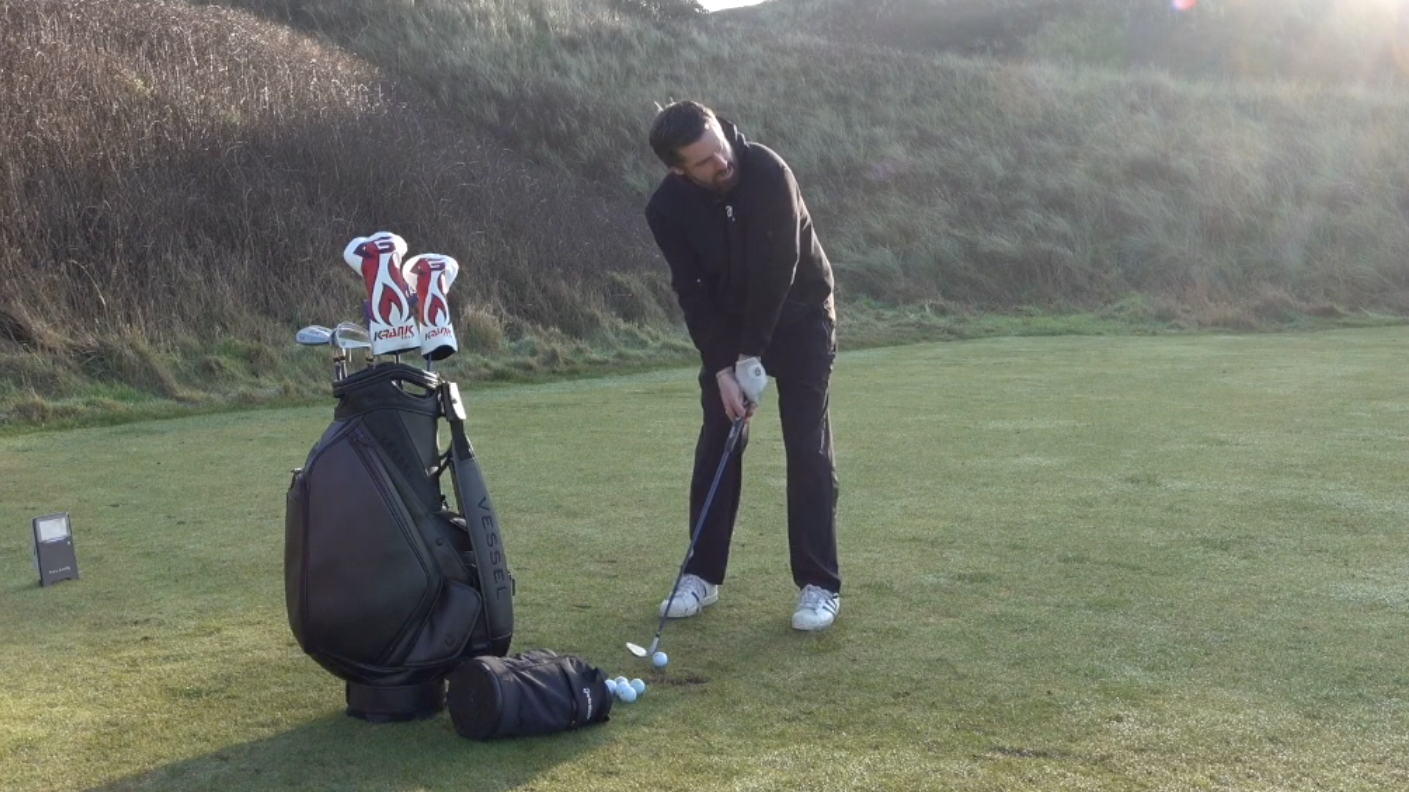
One thing that did surprise me though, was how quickly the length of the shaft began to feel comfortable. Within just a handful of shots, the initial weirdness had diminished, and as a tall man (6’ 3”), I found myself enjoying the feeling of being able to stand a little taller to a wedge than normal.
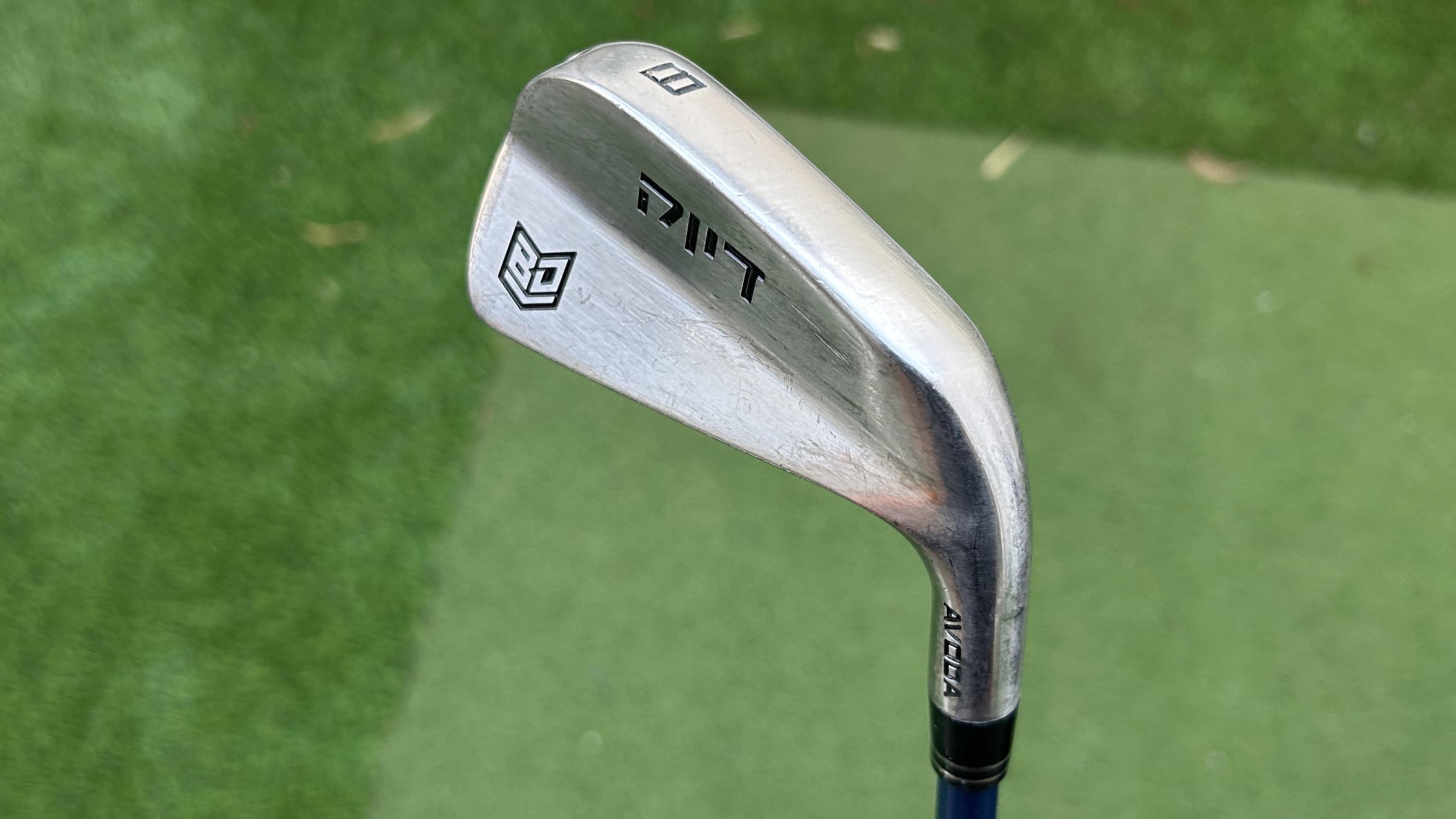
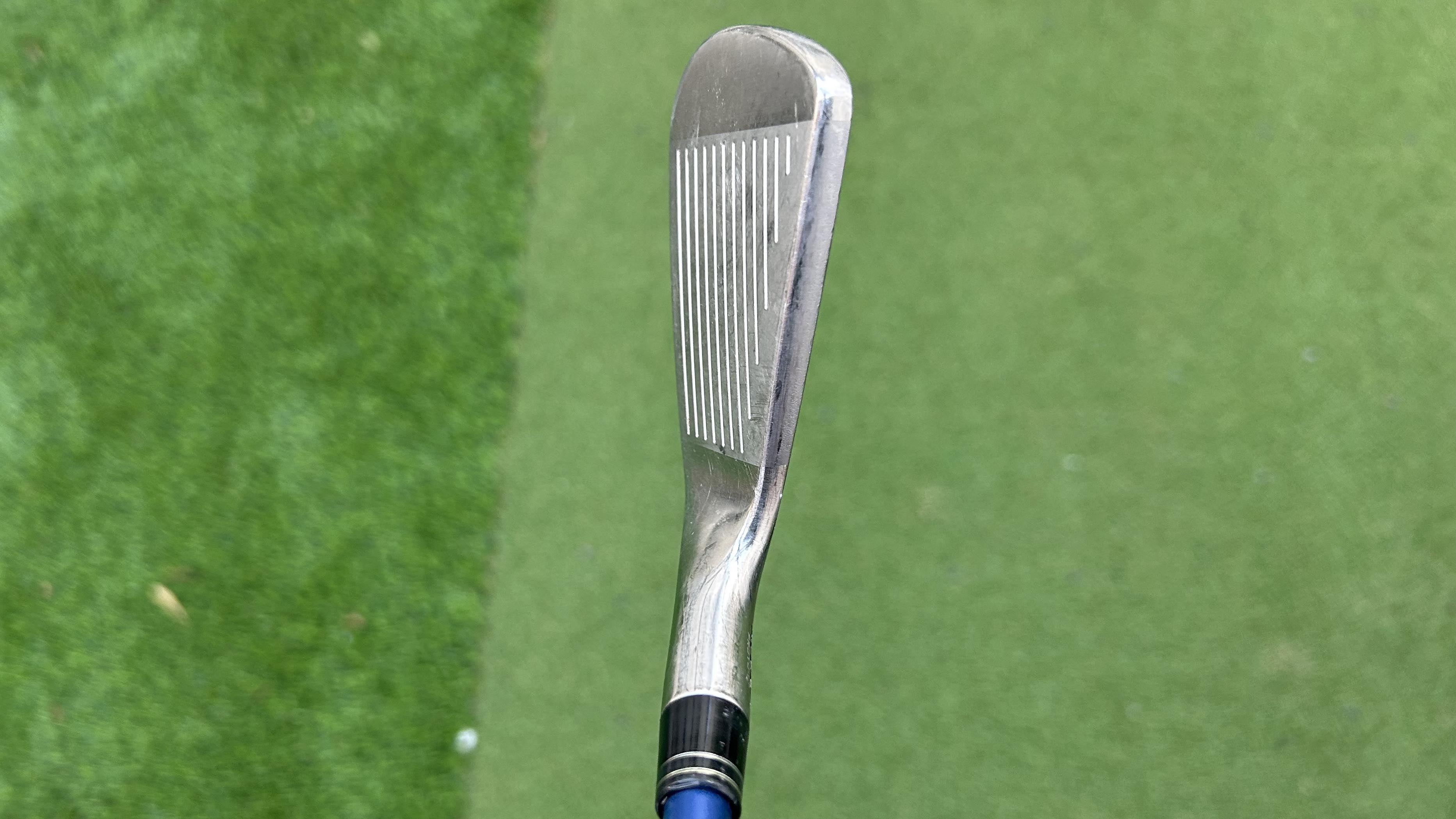
As I moved up the bag to the 8-iron, I started to see a little more of what I expected in terms of yardage increase, seeing some carries of around 180 yards, which is about 20 yards more than my standard 8-iron carry number. Most of this could likely be attributed to the exceptionally strong lofts that Bryson employs, shown below.
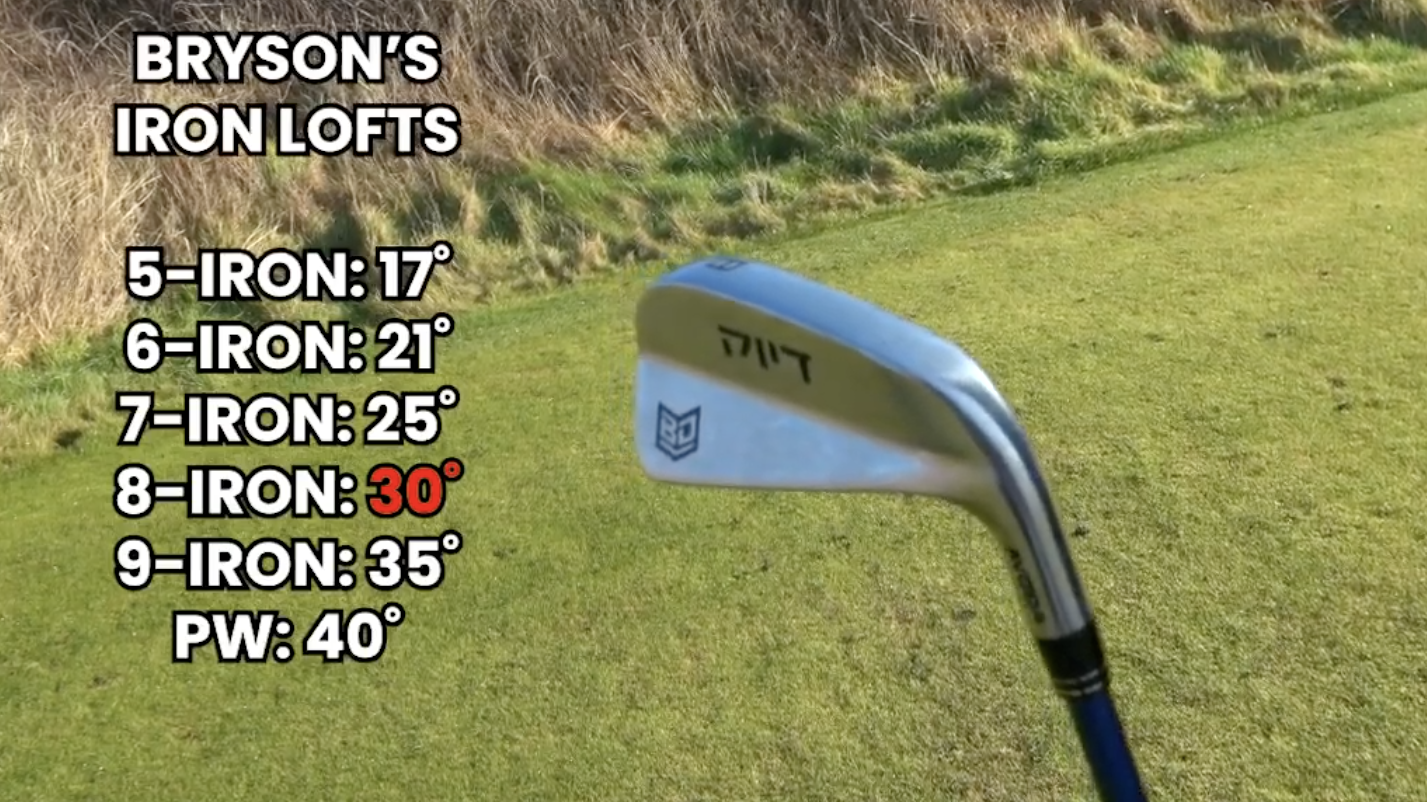
This 8-iron is not in fact an 8-iron at all by any conventional measuring stick, it is just a 6-iron, end of story. It is 6-iron length, with a 6-iron loft but just stamped with an 8. So when you hear broadcasters gasping on television at what club Bryson is hitting from certain positions, my advice would be to take it with a huge pinch of salt.
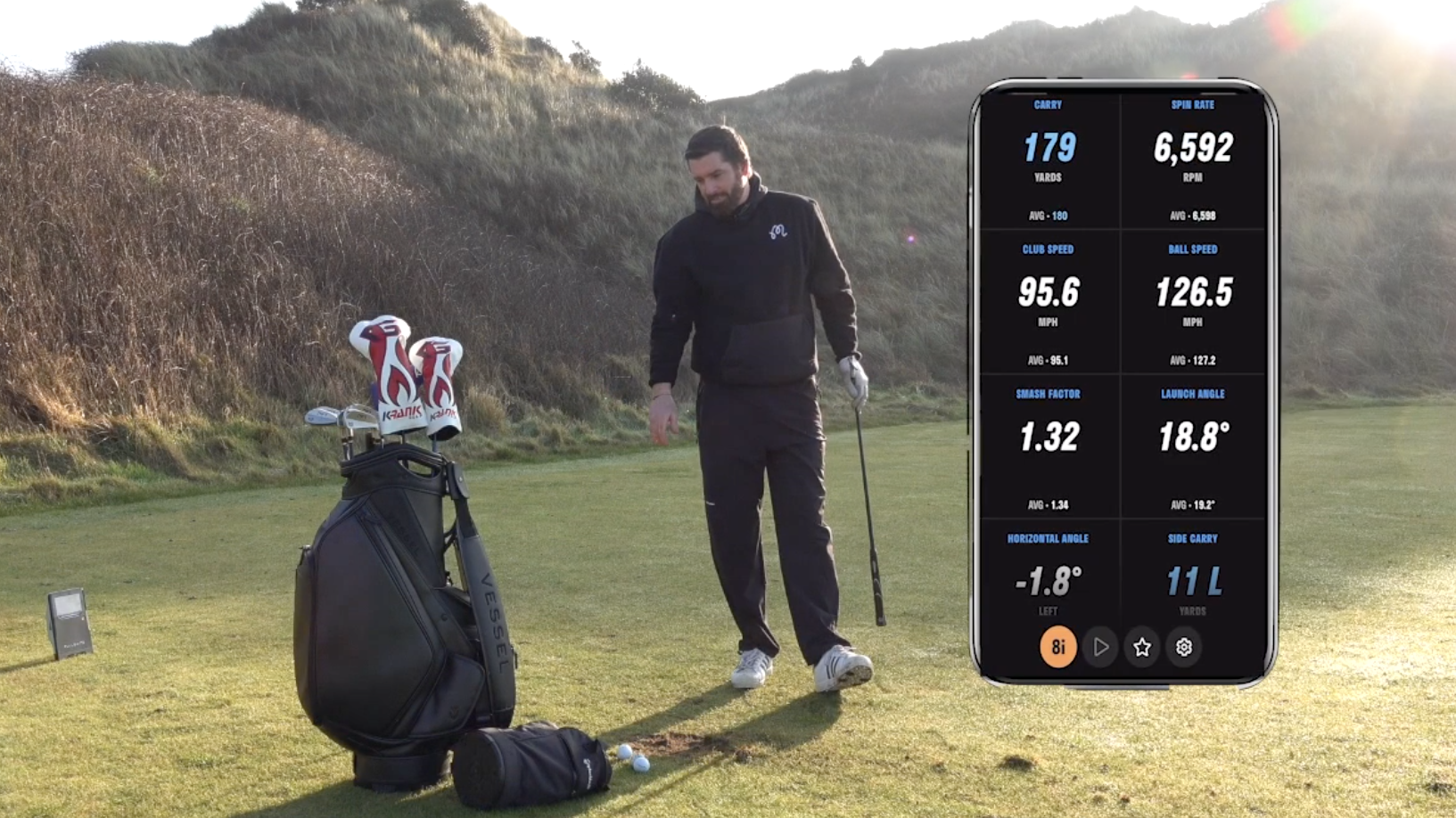
This theme continued into the 5-iron, which once again has no real right to label itself as such, coming in at 17° of loft. This is more equivalent to a 2-iron loft in a conventional set, however, at least in this case the shaft would be considered very much under length for a 2-iron.
It would be a toss-up to decide which was a weirder sensation - hitting a 6-iron length 2-iron loft, or hitting a 6-iron length lob wedge loft - but the ball flight was probably more remarkable with this one. When the loft is so low, you need a good amount of speed to be able to get the ball airborne so when that speed is restricted by shaft length you tend to see some fairly aggressive ball flights, and that is exactly what I got.
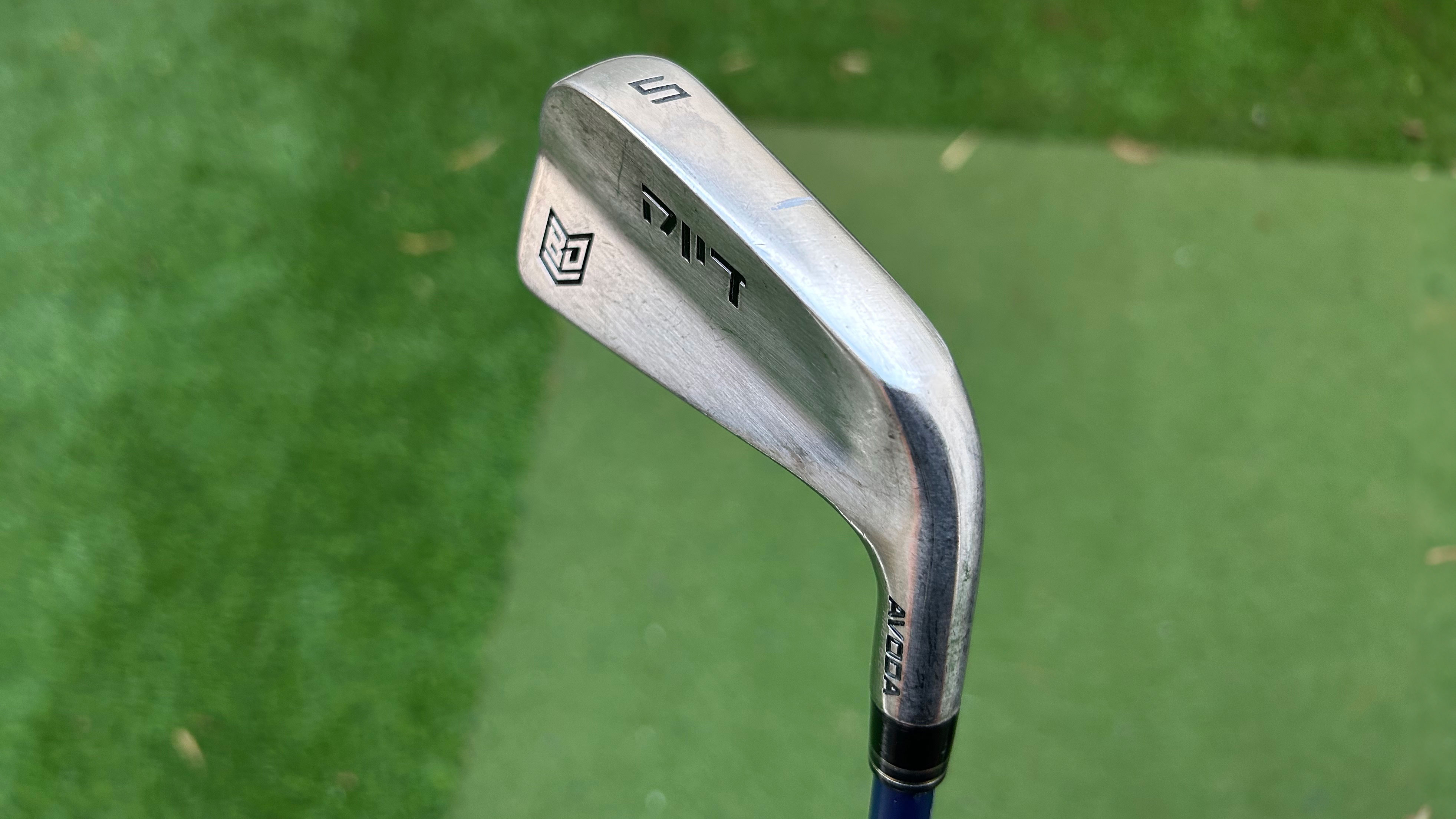
Despite this, I still saw some significant carry jumps from my gamer 5-iron which I normally carry dead on 200 yards. Some of my better strikes topped the 225-yard carry mark, and because of the reduced height, the total distance was even more of a leap. Bryson, as we know, carries some serious clubhead speed, and that is an absolute prerequisite for making this ‘5-iron’ playable into the firm greens at the highest level of professional golf.
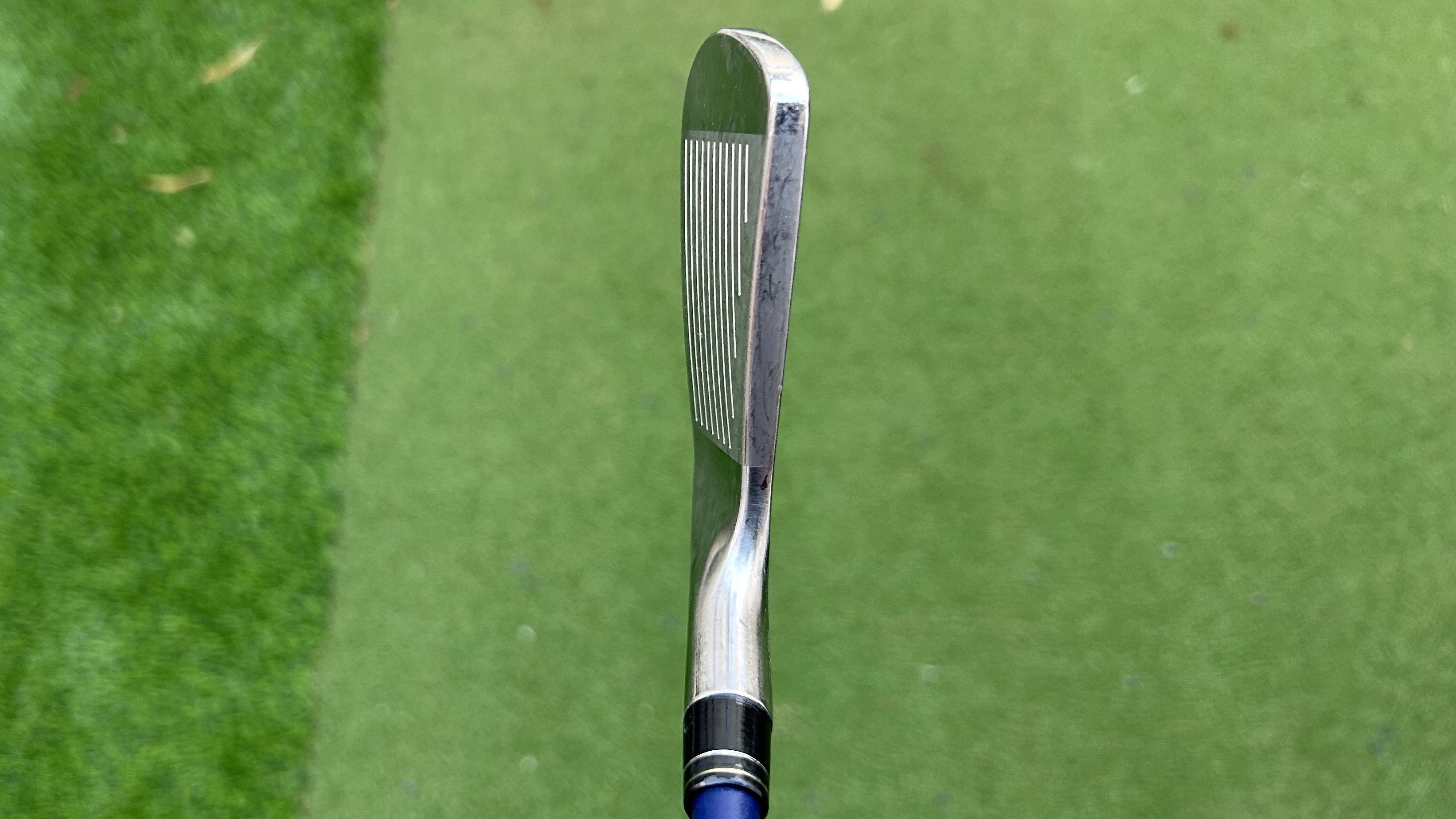
One extremely interesting thing that I picked up on as I went through the bag was the effect of the curved faces in the longer irons (this set has progressive curvature with the faces getting flatter down the set towards the wedges). Maybe I was looking for it, but I really felt that my heel and toe shots were almost self-correcting back on line with the gear effect we only normally see present in the best drivers, fairway woods, and hybrid clubs. I was intrigued by this concept and I am massively looking forward to when Avoda Golf figures out a way to bring this to the mass market (which may not be too far away if rumors are to be believed).
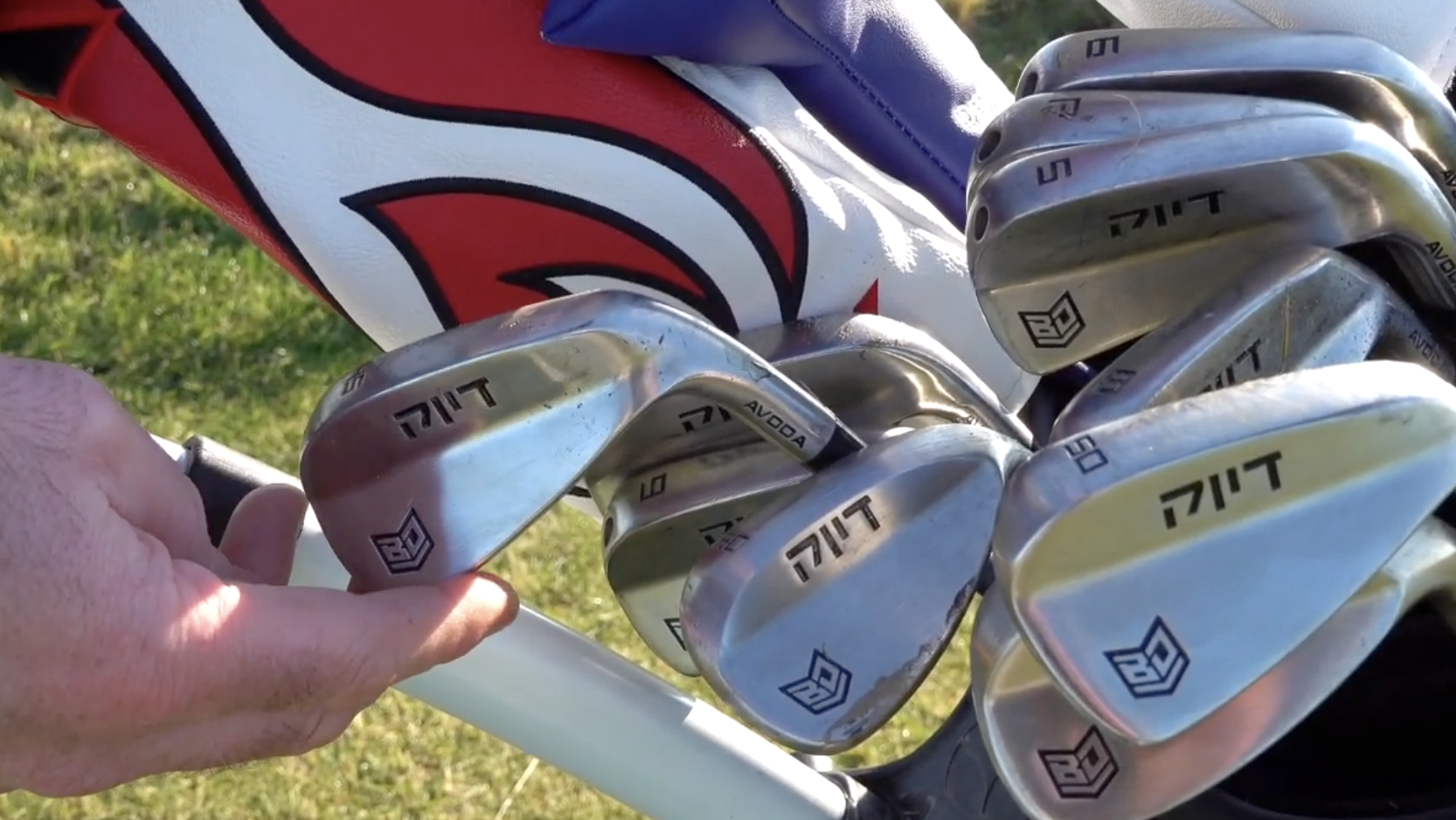
It was an absolute honor (which I am eternally grateful to Avoda Golf for) to get first-hand insight into what the reigning US Open Champion is feeling as he hits a shot, and I have to say it has enhanced my admiration for him even further. The strength and speed he possesses to make these clubs playable is simply remarkable.
Head over to the Golf Monthly YouTube channel on Sunday at 4pm to see how I got on in my professional tournament with them. You don't want to miss it!







